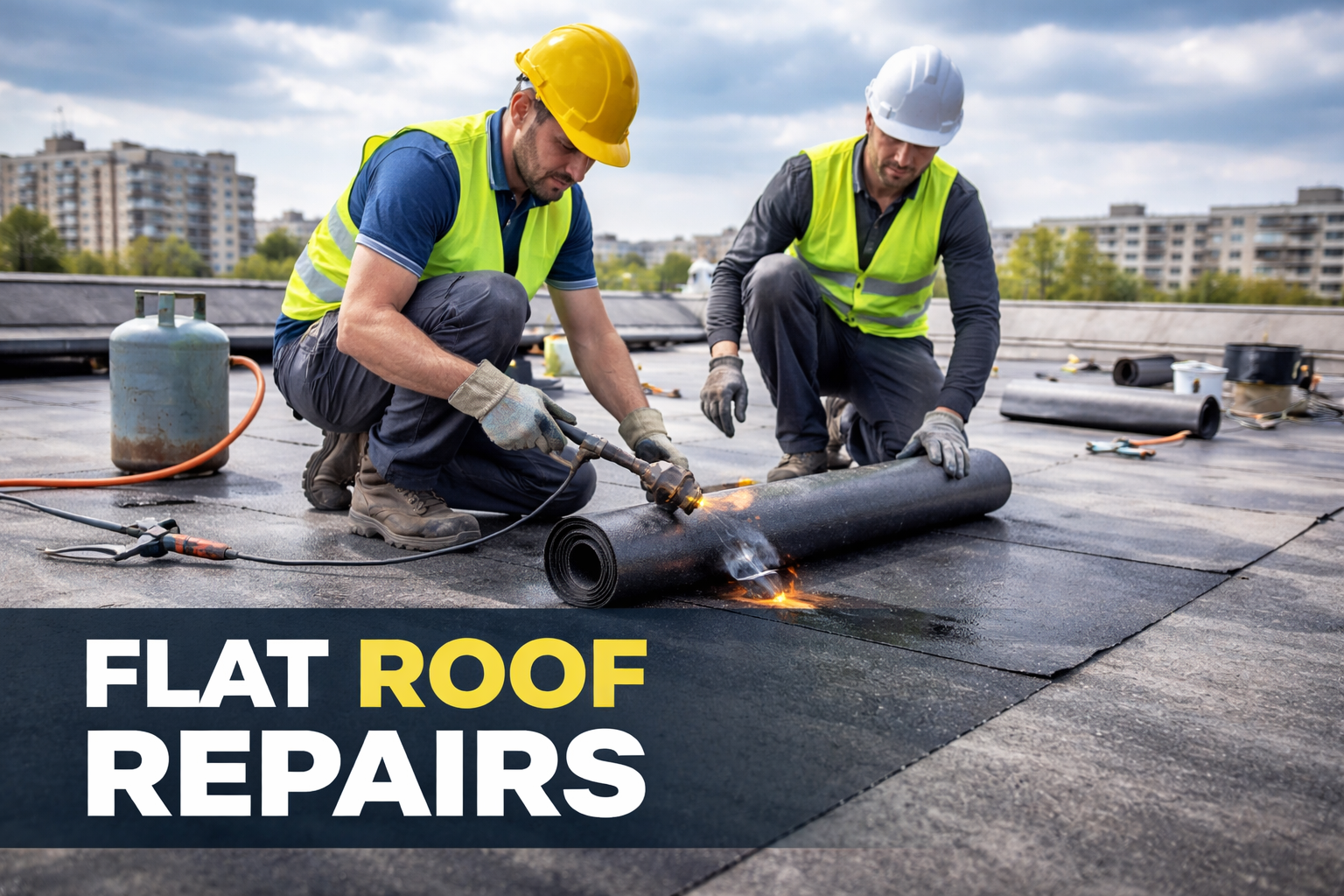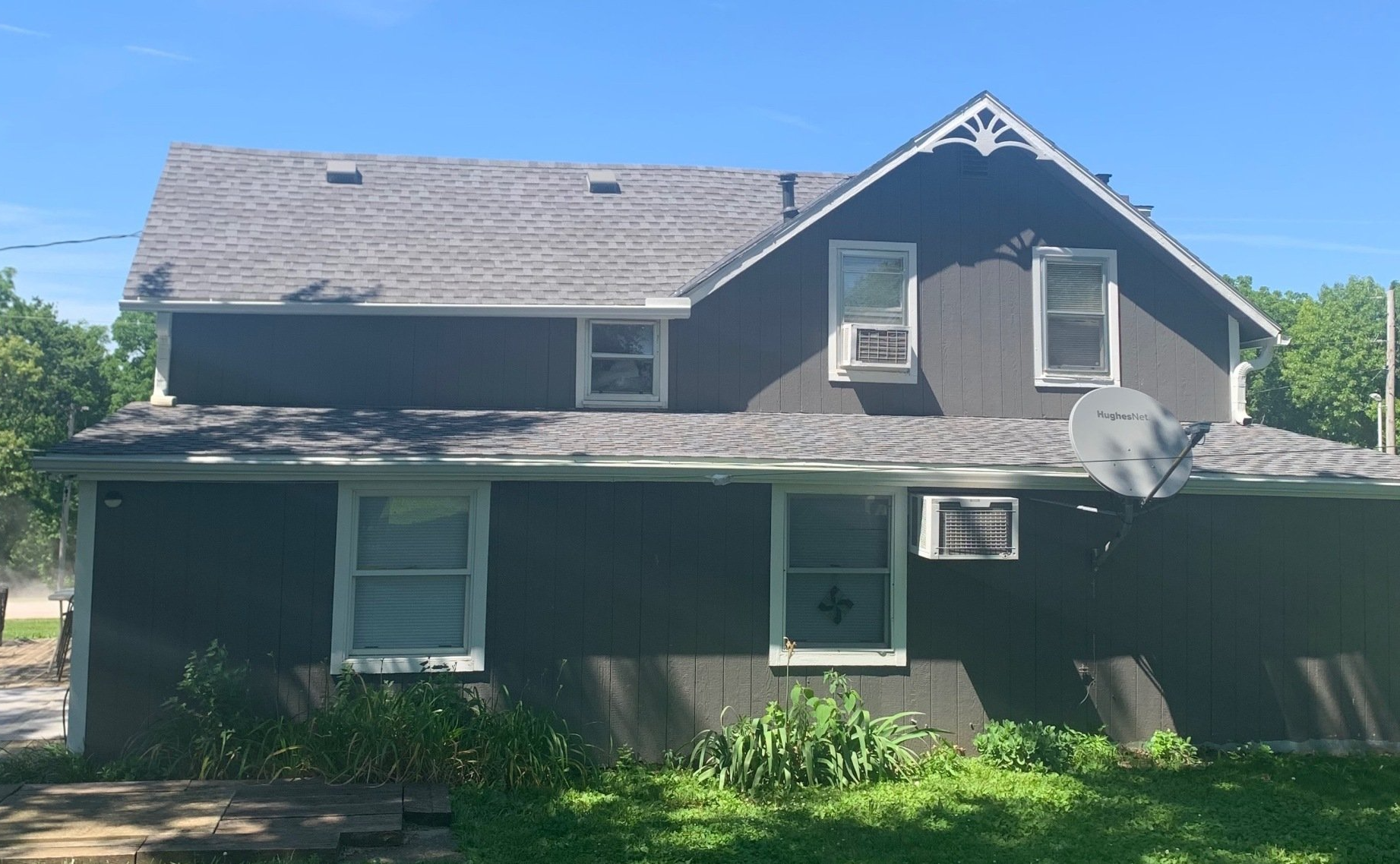What’s Causing Your Roof to Leak
A damaged roof is a common concern for homeowners in the Kansas City area. Storms, leaks, and other issues can wreak havoc with your roof, leaving you worried about your home's safety.
Your roof is your home's primary defense against weather. Therefore, problems with your roof typically lead to issues within your home. Paying careful attention to your roof's condition can help prevent leaky roofs, which lead to water damage, and can you save money down the road. In addition, minor repairs and preventive maintenance are more affordable than extensive roof repair or replacement.
The Advantages of Proper Roof Repair and Maintenance:
- Lengthen the life of your roof
- Save money on long-term costs
- Repair damage before it becomes worse
- Eliminate unhealthy mold and mildew growth
- Protect your family and possessions
- Ensure your home retains its value and curb appeal
Most homes in the United States have shingles for their roofing material. And while most shingles are manufactured with the latest advancements in weather and wind resistance, long-lasting performance, and fire safety, even the best can develop problems over time.
The good news is that shingle roofs are probably the easiest to repair since you can flatten and re-secure curled shingles and replace old ones. Plus, shingles make it easy to spot when there are damages.
Why You Should Do Roof Inspections
After a storm, you should inspect your home's interior and exterior to ensure your roofing system is working correctly and there are no roof leaks.
If you are doing the visual inspection yourself, you might start with the interior after a good rainfall. First, you will want to check your attic, ceilings, and walls. There may be peeling paint, saturated insulation, signs of moisture, or water stains. Damp rafters in the attic are also a common sign of a roof leak.
When inspecting the exterior, you can scan your roof for problems from the ground with a good pair of binoculars. You will also want to check for damaged or missing shingles on your roof and yard for excessive amounts of asphalt shingle granules.
And if you don't want to do the visual inspections yourself. You can schedule regular roof inspections with a professional roofing contractor. Roofing contractors, like Accent Roofing Group in Kansas City, understand how your roofing system works, so we know what to look for in roof damages and how to best repair your roof.
What Causes a Roof Leak
Upon inspection, you discovered your roof is leaking- most likely evident from the water stains on your ceiling. Leaks typically happen from damage to your roof. Roof leaks can cause significant damage to a home if the underlying cause isn't discovered and repaired promptly.
Sometimes that cause is age. Roofs don't last forever- even if we want them to! Asphalt roofs typically last 15-30 years. Once the materials in your roof age beyond their life expectancy, they begin to break down, compromising the integrity of your roof.
And sometimes, that roof leak is caused by improper installation. If an inexperienced roofing contractor does not install the materials properly, leaks almost always occur. Leaks caused by improper installation can include the roof membrane, flashing, roof vents, or chimney, although various things can puncture these. The most common problem with these areas is the poor installation of materials.
But if your roof is leaking and it's not aged or wrongly installed, it may be a damaged roofing component from a storm or natural wear and tear.
Below are six roofing components that may be causing your roof to leak and what damage to look for:
- Shingles: Look for curled, cracked, or missing shingles.
- Flashing: Look for cracked flashing caused by weather damage or corrosion. Flashing is the thin piece of metal installed under shingles and on the joints and valleys of your roof to create a water-resistant barrier. They protect gaps in your roofing system.
- Vent Booting: Look for cracks in the vent booting as it can decay over time, causing them to crack. Roof vents look like small pipes protruding from your roof, and they work to expel excess moisture. Vent booting seals the area where the pipes peek out of the roof.
- Valleys: Look for improper sealing by searching for wet spots that run along the seams of your roof. Valleys are the area where two planes of the roof come together.
- Gutters: Look for clogs filled with debris or any downspout with no water trickling out during a rainstorm.
- Chimney: Look for signs of wear and tear or holes along with the mud cap, the mortared area, and where the chimney connects with the roof.
It's good to know that even though you found a leak in the house, the roof damage might not be in the same spot. Finding the origin of a roof leak can be a real challenge. Water leaks can be deceptive. Where you see water and stains could be some distance from the actual roof damage. Water can travel many feet from where the leak is visible.
Small leaks may not be noticeable without heavy rain, but it doesn't make it any less harmless. Any moisture inside the roof system can degrade insulation and promote mold growth or wood-rotting fungus.
A professional roofer knows the tricks water can play. They can identify the source, map out the entire wet area and then find the damaged areas of the roof that need repair.
Accent Roofing Group specializes in roofing services to prevent and repair roof leaks.
Roof repair is typically done to extend the life of your roof or repair minor damages. A roof repair can fix leaks, wear and tear, and other damaged roofing components. However, a roof replacement may be advised when repair work is no longer cost-effective. Accent Roofing Group will work with you to find the best roof replacement options for your style and budget.
We Are Kansas City's Roof Repair and Roof Replacement Experts
The best roofing systems develop problems over time. The good news is that Accent Roofing Group can replace shingles and repair a leaky roof caused by storm damage or general wear and tear.
We provide high-quality roofing services if you find a leak or see some roof damage. Call Accent Roofing Group for an inspection and written estimate for expert roof repair or roof replacement in Kansas City, Overland Park, Olathe, Lenexa, Leawood, Raytown, Raymore, and Lee's Summit.




